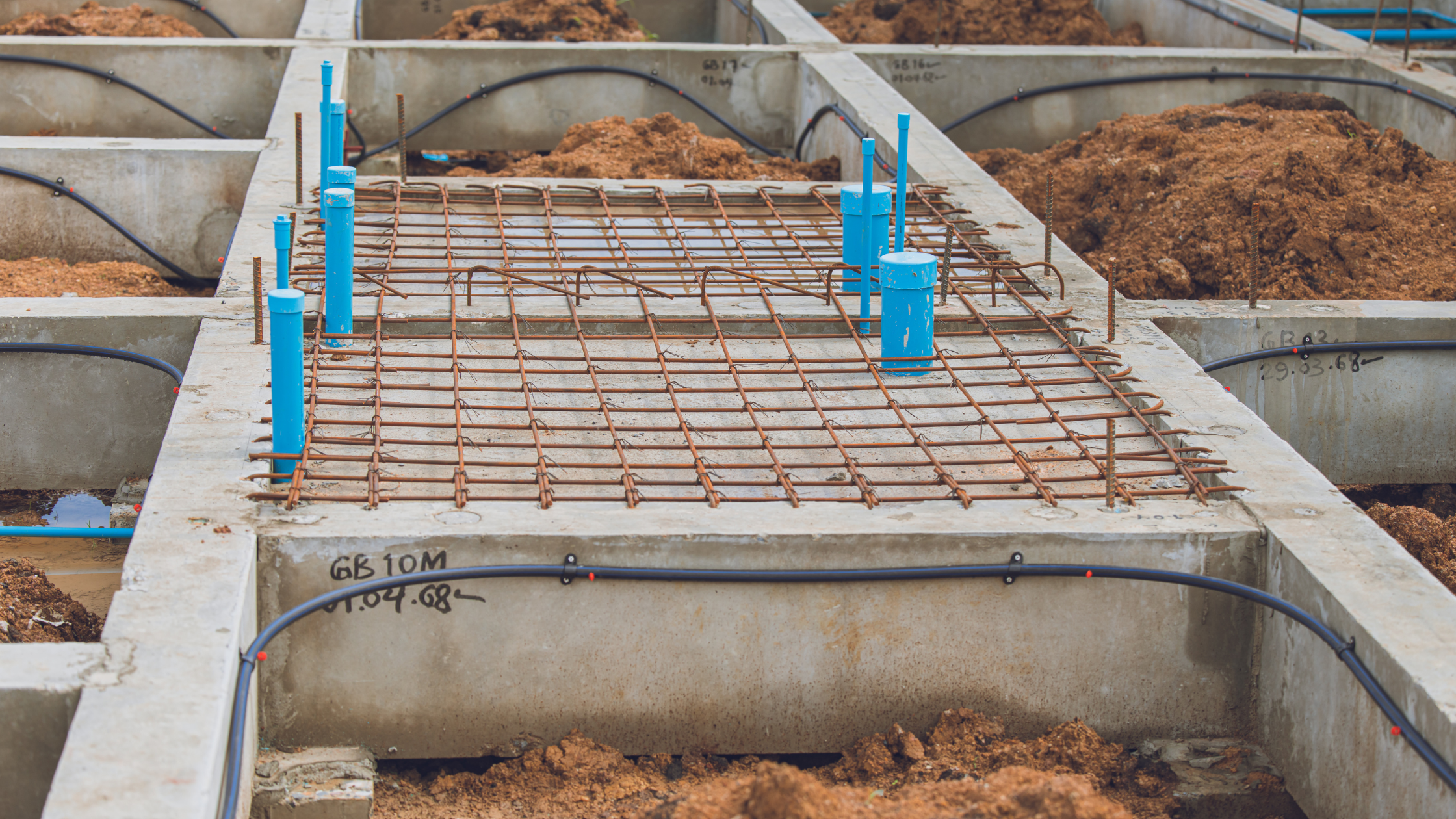
21 Oct Why Piled Foundations Are the Eco-Friendly Choice for Modern Construction
Whether construction projects involve new-builds or maintenance to existing structures, sustainability is quickly becoming as key an issue as price. The construction industry has traditionally involved a large environmental impact, but the sector is now addressing the need to meet both UK Green Building Council standards and government net-zero goals.
Foundations have the potential to create a large amount of carbon emissions, but there are ways of reducing these substantially. One of the key methods is to go with piled foundations, which have a number of advantages over traditional foundations.
Minimal Spoil to Dispose Of
Deep strip or raft foundations are created by excavating the building’s entire footprint in order to lay levels of concrete as the foundations. This means a large amount of spoil that has to be disposed of, involving carbon-intensive lorry journeys.
Piled foundations, on the other hand, or bored or driven down from the surface. This means very little soil needs to be removed and transported, saving a considerable amount of carbon, as well as reducing the landfill generated.
Efficient Use of Materials
Since traditional foundations are created by laying concrete over the whole area of the building, they require large amounts of material. This inevitably has a substantial carbon cost.
Piled foundations, on the other hand, can carry heavy loads with a relatively small footprint, so far less concrete needs to be used. In addition, piles can be made from low-carbon concrete, as well as incorporating recycled aggregates.
Piling Is Ideal for Brownfield Development
Although we need more housing, no one likes to see the countryside built over. The ideal answer is to use brownfield sites as far as possible, but this can pose problems. The excavations necessary for traditional foundations can be challenging in a built-up area where space is at a premium.
Because piled foundations don’t require excavations, the work can be done with far less machinery to get in and out. It also doesn’t cause nearly as much disruption, either for neighbours or for urban wildlife.
Shorter Construction Times
A major environmental impact from any construction project comes from the emissions generated by the machinery. While this can’t be entirely eliminated, any technique that reduces the amount of time the machines need to be running will make the project more sustainable.
Compared with the laborious excavations and laying of concrete required for traditional foundations, piling is a quick and straightforward process. This means the machinery will be running and emitting carbon dioxide for a fraction of the time of a traditional foundation job.
Choose an Expert for Quality and Sustainability
Piling is a very specialist technique that isn’t suitable for a general builder with little experience of using it. Besides providing a better quality of work, an expert piling firm will also be able to maximise the sustainability of the project.
If you’re looking for piling contractors in London, the surrounding areas or South East England, give U&M a call to discuss your needs.




